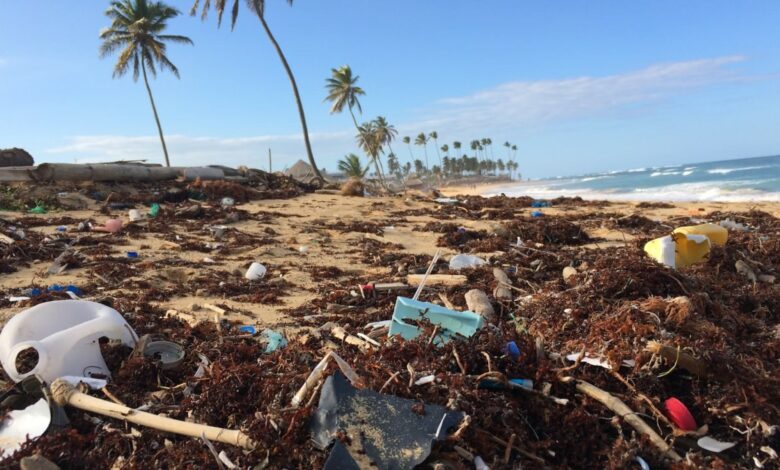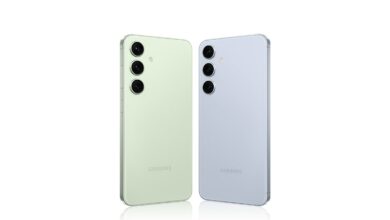RMIT University develops satellite to identify plastic waste on beaches

Australian researchers have discovered a new method of detecting plastic waste on beaches, using satellite images to identify plastic waste from more than 600 km above the Earth’s surface. This breakthrough comes from a team at RMIT University, led by Dr. Jenna Guffogg, who conducted field tests on a remote beach in Victoria. By tracking variations in the way light reflects off different materials, such as sand, water and plastic, this tool could revolutionize the way plastic waste is detected and managed on the coast.
A new approach to monitoring plastic pollution
According to one report On Earth, traditional satellite technology has long been effective at identifying huge floating patches of trash in the oceans, but it struggles to spot smaller, scattered debris along coastlines where trash mixes with natural features like sand. The new tool, known as the Beached Plastic Debris Index (BPDI), overcomes this limitation by using a specific mathematical formula to isolate light reflections specific to plastic. This technique provides images that can help locate beach areas with high concentrations of plastic waste, allowing for targeted clean-up efforts.
Plastic pollution is a growing problem, with more than 10 million tons ending up in the oceans every year – a figure that could rise to 60 million tons by 2030. This accumulation has serious consequences for marine life, as larger animals can become entangled in trash, while smaller creatures, such as hermit crabs, can become trapped in containers. With this technology researchers want to mitigate such impacts by helping cleanup teams more accurately locate high-risk areas.
Testing and validating the BPDI
The report further highlights that the effectiveness of the BPDI was tested using plastic targets placed on a beach in Gippsland, Victoria. The results were then compared with three existing indices, with the BPDI performing better at detecting plastic. Dr. Mariela Soto-Berelov, co-author of the study, highlighted the technology’s potential to monitor even remote beaches. “The beauty of satellite images is that they can cover large areas on a regular basis, which is essential for understanding where debris is accumulating and for planning effective cleanups,” she says.
Towards practical applications
The BPDI is promising, but further testing in real-world scenarios is necessary. The RMIT team is now seeking partnerships with organizations to expand their research and help protect vulnerable coastlines. Dr. Guffogg, who conducted this research as part of her PhD, is optimistic about its potential to boost local clean-up initiatives. Accurate data can help communities take an active role in maintaining cleaner coastlines and raising awareness about plastic pollution.
Global potential for environmental protection
The global impact of this instrument could be significant as countries work towards international environmental goals. Collaborations with government agencies, NGOs and environmental agencies can help in the global adoption of this technology. Additionally, as BPDI technology advances, it can be adapted for other ecosystems affected by plastic pollution, expanding the role of BPDI technology in environmental conservation efforts. Innovations like these bring the world closer to a sustainable future where plastic pollution can be effectively monitored and managed.




